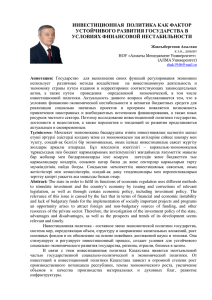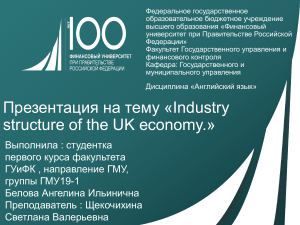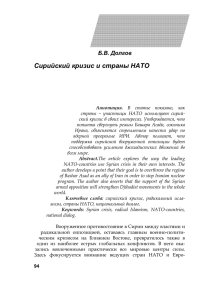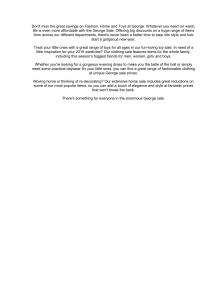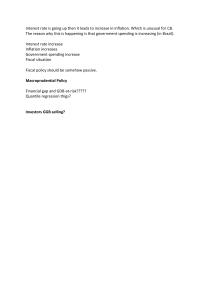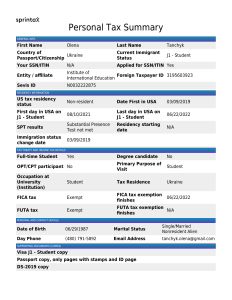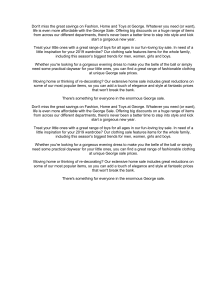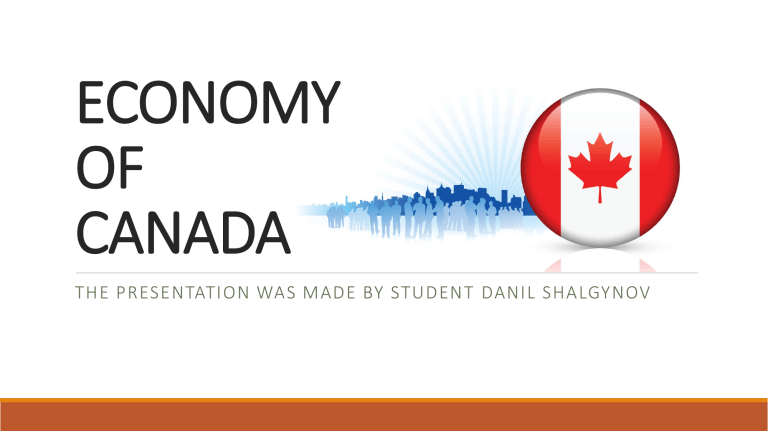
ECONOMY OF CANADA THE PRESENTATION WAS MADE BY STUDENT DANIL SHALGYNOV CANADA`S ECONOMIC FREEDOM Canada’s economic freedom score is 78.2, making its economy the 9th freest in the 2020 Index. Its overall score has increased by 0.5 point due primarily to an increase in the score for government integrity. Canada is ranked 1st among 32 countries in the Americas region, and its overall score is well above the regional and world averages. The last time Canada’s economy was rated fully free was in the 2014 edition of the Index; since then, it has been stuck in the mostly free category. That weaker performance has been mirrored by relatively lackluster GDP growth averaging just 1.9 percent over the past five years. For Canada’s economy to be rated free, the government would need to reduce spending and reform labor laws to create a more flexible labor market. That seems unlikely given the 2019 budget that increased spending, in part to support partial nationalization of the pharmaceuticals sector, help first-time home buyers, and retrain workers. BACKGROUND Canada is the world’s secondlargest country by land area and has its 10th-largest economy. Prime Minister Justin Trudeau’s Liberal Party managed to win a second term in office in October 2019 national elections despite a corruption scandal that tarnished Trudeau’s political brand. Although Trudeau remains in power, he was forced to form an inherently unstable minority government. Canada closely resembles the U.S. in its market-oriented economic system. Leading sectors include automotive and other manufactures, forest products, minerals, and petroleum. About three-quarters of Canada’s exports are to the United States, so the continuation of a free- trade arrangement with its souther neighbor is critical to Canada’s economic well-being. RULE OF LAW Property rights are generally well protected, both by law and through the enforcement of contracts. Expropriation is highly unusual. The judicial branch of government is independent, and courts are considered procedurally competent, fair, and reliable. Canada’s reputation for clean government with little corruption was tainted in 2019 when Justin Trudeau became the first Canadian prime minister to be found to have broken federal ethics rules. GOVERNMENT SIZE The top federal personal income tax rate is 33 percent, and the top corporate tax rate is 15 percent. Other taxes include valueadded and property taxes. The overall tax burden equals 32.2 percent of total domestic income. Government spending has amounted to 40.5 percent of the country’s output (GDP) over the past three years, and budget deficits have averaged 0.4 percent of GDP. Public debt is equivalent to 90.6 percent of GDP. REGULATORY EFFICIENCY Regulations are transparent and well defined for the most part, allowing businesses to run efficiently and dynamically. Paid annual leave and paid sick days were increased recently. Provincial labor codes differ somewhat from one jurisdiction to another. A 2019 University of Calgary report estimated that business subsidies from the four largest Canadian provinces amount to about $29 billion annually. OPEN MARKETS The total value of exports and imports of goods and services equals 65.9 percent of GDP. The average applied tariff rate is 1.5 percent, and 451 nontariff measures are in force. The overall investment framework is efficient and transparent. The financial sector provides a full range of competitive services. The six principal banks remain dominant, but it is relatively easy for foreign banks to enter the market.
